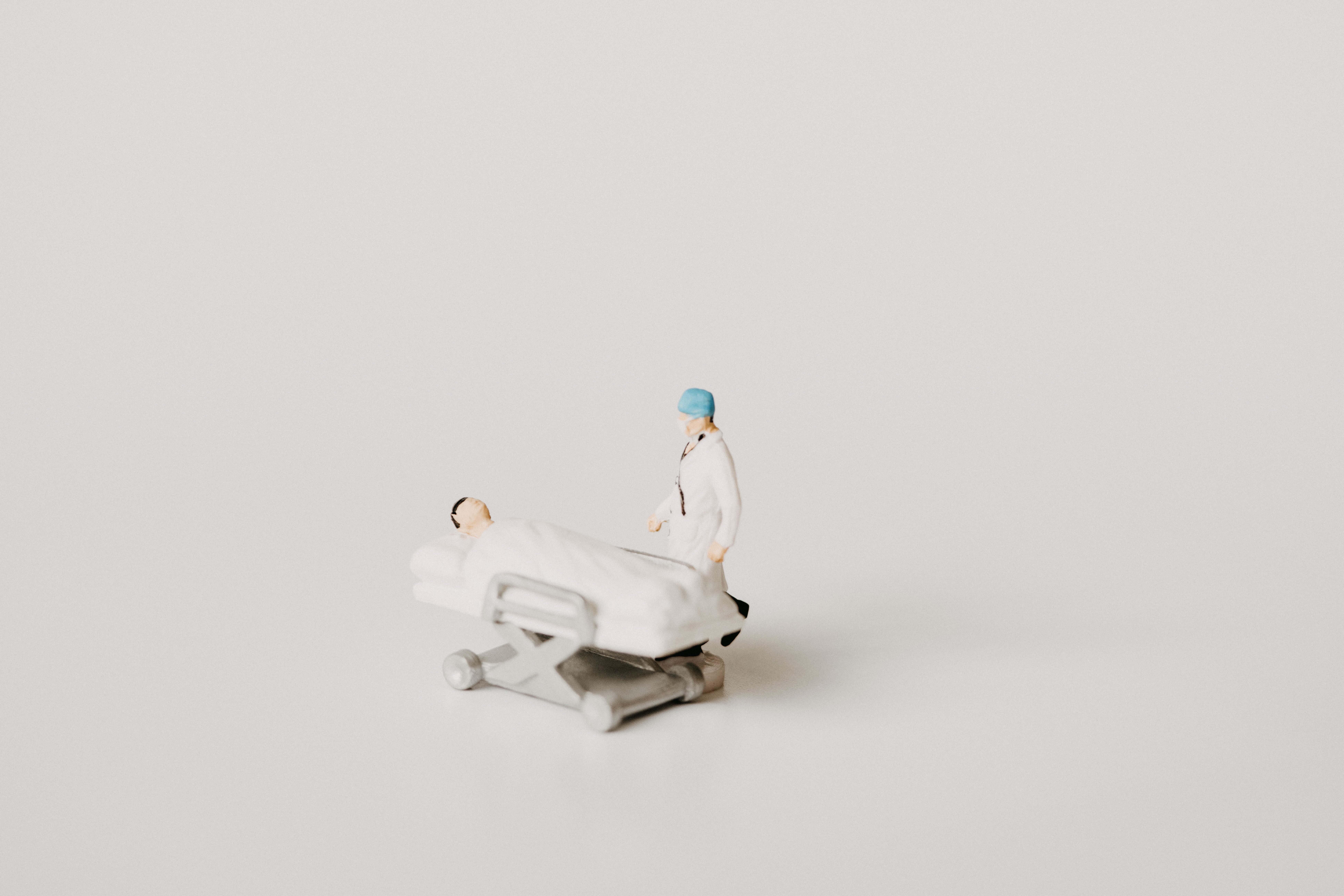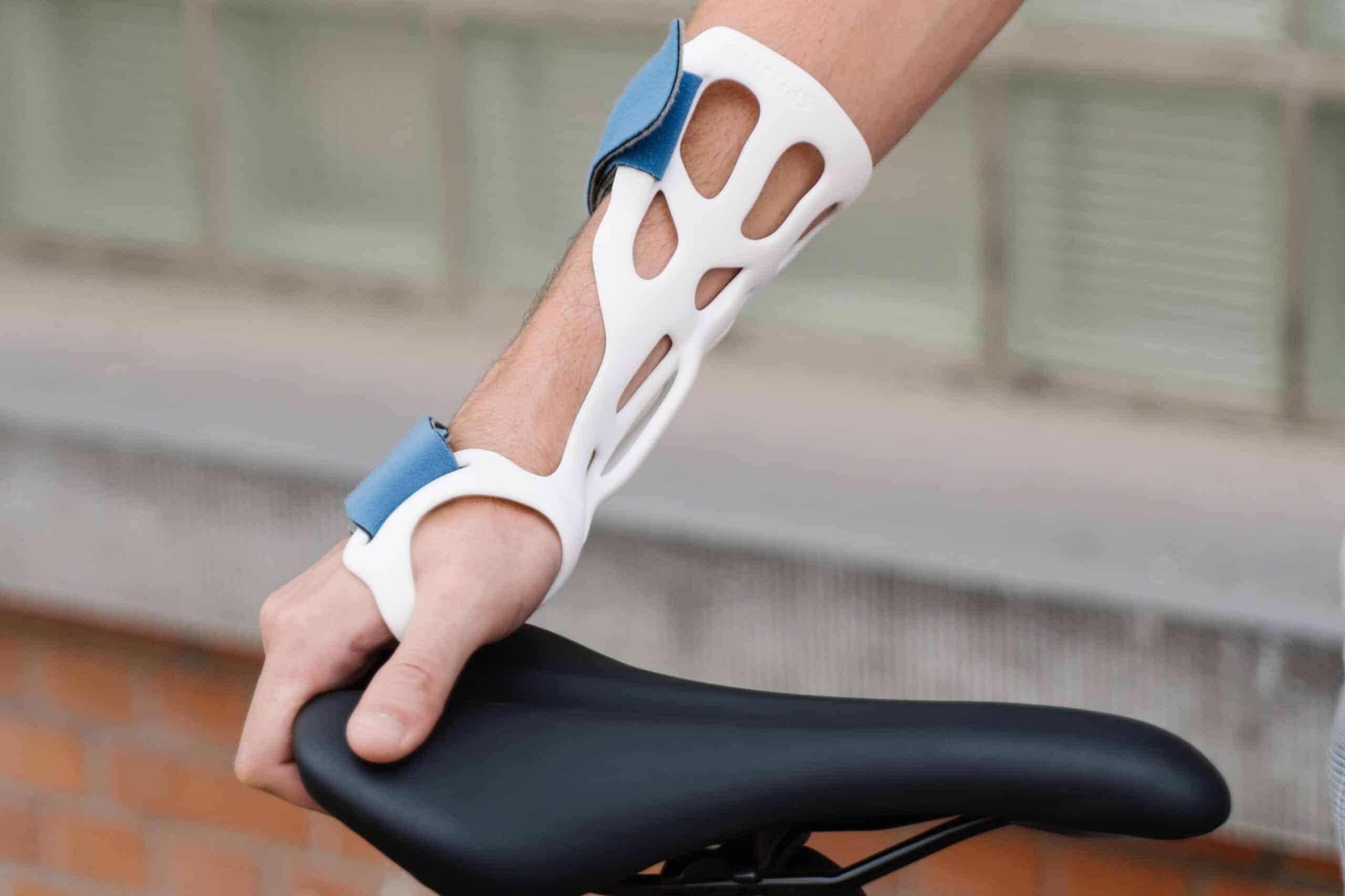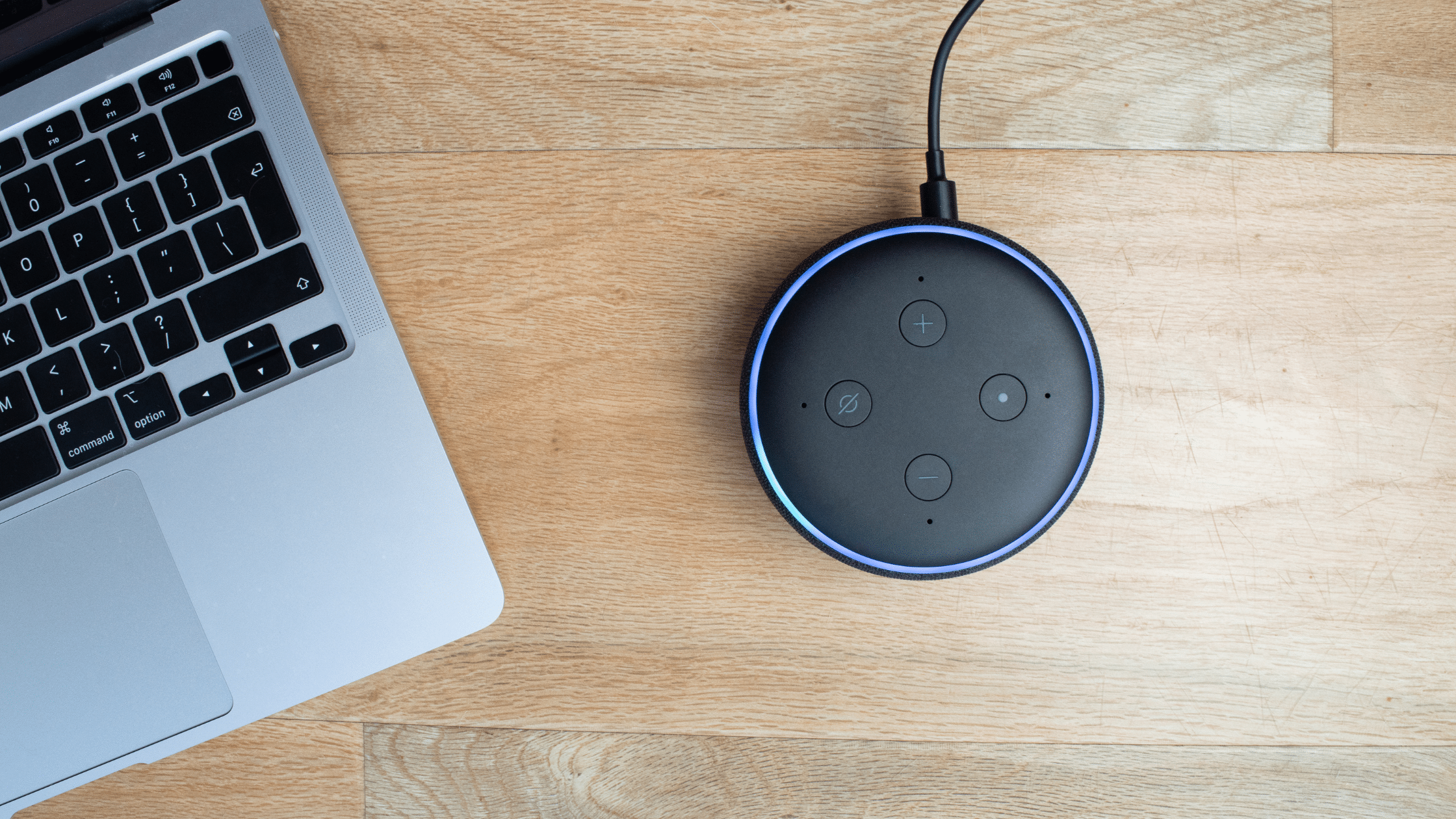5 Innovative Technologies that are Changing Healthcare
In 1953, my grandmother gave birth to twins in the backseat of her car. She lived far away from the hospital and barely made it there in time to deliver the first one in the parking lot. Everyone was in for a surprise after that, because in those days ultrasounds hadn't even been invented and no one had a clue that she was carrying twins.
Decades later I had twins myself, much more informed and supported by modern conveniences. We've come a long way since Grandma's birthing experience, and technologies have been rapidly advancing even in the relatively short time since my own. Maybe someday, during a casual visit with one of my kids, we'll spend the afternoon peeking at their twin fetuses in the womb with a home ultrasound device, and share the imaging in real time for Great Grandma to see.
We can only imagine what capabilities the future holds for healthcare. Incredible technologies are already emerging now and will continue to be developed. Here are some of the innovations that are changing healthcare today.
Smart Pills
Pills have long been an easy way to deliver medicine to the body. Now they can also gather helpful information on what's going on in there and send it back to doctors outside. These tiny biometric scanners are ingestible sensors that do a temporary job and then pass through the system and leave. While they're in there, they use miniaturized wireless technology to transmit valuable information from a unique internal point of view. Some of the tasks they can do: check vitals like internal body temperature and pH; detect tumors, ulcers, and bleeding along the GI tract; and administer drugs to specific local areas.
Artificial Intelligence
AI has become a fast and reliable way to interpret medical images, which is particularly helpful in diagnoses. It's been shown to meet or exceed human experts' performance in successfully diagnosing issues in a number of medical areas. Not only can machine learning analyze visuals based on data sets it's been trained on, it can also incorporate decades of medical data into the analysis. Continual updates based on new and current data refine the system to become more knowledgable and comprehensive over time, leading to better identification and less false positives than humans have diagnosed. AI can be useful in other ways too, like autonomous patient monitoring and surgery assistance.

Cognitive IoMT
There's IoT (Internet of Things), IoMT (Internet of Medical Things)...and then there's Cognitive Io(M)T. The vast and growing body of purpose-specific devices connected to the internet is now in some cases boosted with cognitive computing technologies. Sentient computing gives devices the ability to perceive changes in their environment. For example, an automated disinfection system senses when people enter a room and disinfects surfaces accordingly. There's still much more to be seen in Cognitive IoMT's potential, although administrators in medical settings need to be wary of vulnerabilities specific to IoT devices.
Handheld Medical Devices
Part of the reason IoT devices in general are helpful is their small size and portability. Smaller-scale versions of medical equipment allow for use in more diverse places, such as remote regions where hospitals are out of close reach. In one case, a Yale researcher put ultrasound technology on a chip, creating a handheld ultrasound that costs a fraction of the price of a hospital machine and can be implemented on the field in over 200 countries that could use such point-of-care mobility. As he put it, "There was a time when the thermometer was only used in a medical setting, when a blood-pressure cuff was only used in a medical center. Democratizing [health] happens on multiple dimensions."
3D Printing

3D printing is becoming more popular for creating relatively inexpensive and lightweight materials, such as casts and prosthetics. This also saves time---traditional methods for making these devices involve several iterations of molding, casting, fitting and adjusting. 3D scanning and printing simplifies the process. Innovative research practices are also being employed for 3D bioprinting. Using biomaterials including living cells, 3D-printed organs and tissues truly mimic the human body environment when testing cancer treatment options or in drug development. Some practitioners are even hopeful to 3D-print functional organs for transplants.
More Innovative Technologies that are Changing Healthcare
Many of these innovations cross-categorize and make use of interrelated advancements in capabilities. There's a lot of potential in combining technologies to make processes smarter, more flexible, and more efficient across the field of medicine: robotics, medical drones, and all the biometric wearables that have become popular are all changing the way healthcare is done. Other broad shifts, like using blockchain in healthcare, could potentially revolutionize these processes as well. Big possibilities across the industry make it an exciting time for health and medicine, with a lot of potential for real transformation.
Stay connected. Join the Infused Innovations email list!
Share this
You May Also Like
These Related Posts

IoT Vulnerabilities (and What to Do About Them)

Artificial Intelligence Applications That Can Save Lives

No Comments Yet
Let us know what you think